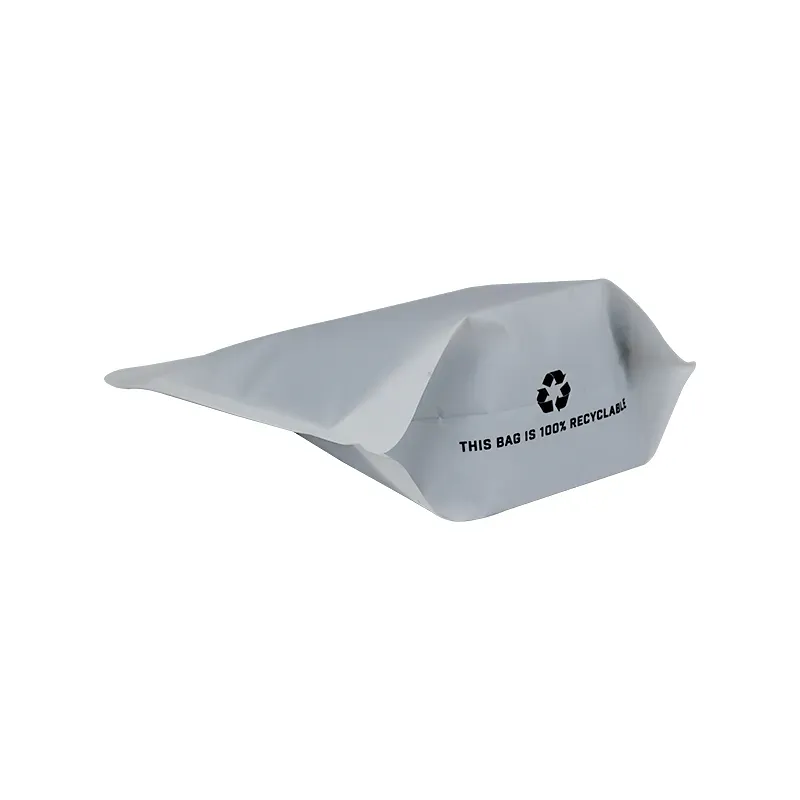- Afrikaans
- Albanian
- Amharic
- Arabic
- Armenian
- Azerbaijani
- Basque
- Belarusian
- Bengali
- Bosnian
- Bulgarian
- Catalan
- Cebuano
- chinese_simplified
- chinese_traditional
- Corsican
- Croatian
- Czech
- Danish
- Dutch
- English
- Esperanto
- Estonian
- Finnish
- French
- Frisian
- Galician
- Georgian
- German
- Greek
- Gujarati
- haitian_creole
- hausa
- hawaiian
- Hebrew
- Hindi
- Miao
- Hungarian
- Icelandic
- igbo
- Indonesian
- irish
- Italian
- Japanese
- Javanese
- Kannada
- kazakh
- Khmer
- Rwandese
- Korean
- Kurdish
- Kyrgyz
- Lao
- Latin
- Latvian
- Lithuanian
- Luxembourgish
- Macedonian
- Malgashi
- Malay
- Malayalam
- Maltese
- Maori
- Marathi
- Mongolian
- Myanmar
- Nepali
- Norwegian
- Norwegian
- Occitan
- Pashto
- Persian
- Polish
- Portuguese
- Punjabi
- Romanian
- Russian
- Samoan
- scottish-gaelic
- Serbian
- Sesotho
- Shona
- Sindhi
- Sinhala
- Slovak
- Slovenian
- Somali
- Spanish
- Sundanese
- Swahili
- Swedish
- Tagalog
- Tajik
- Tamil
- Tatar
- Telugu
- Thai
- Turkish
- Turkmen
- Ukrainian
- Urdu
- Uighur
- Uzbek
- Vietnamese
- Welsh
- Bantu
- Yiddish
- Yoruba
- Zulu
honeycomb cardboard packaging
The Rise of Honeycomb Cardboard Packaging A Sustainable Solution for a Greener Future
In recent years, the packaging industry has witnessed a significant transformation driven by the need for more sustainable solutions. Among various innovations, honeycomb cardboard packaging has emerged as a frontrunner, combining strength, lightweight design, and eco-friendliness. This article explores the features, benefits, and applications of honeycomb cardboard packaging, demonstrating why it is becoming a preferred choice for eco-conscious businesses.
What is Honeycomb Cardboard Packaging?
Honeycomb cardboard packaging is a type of structural cardboard made from layers of paper that are bonded together to form a honeycomb-like core. This unique structure not only provides excellent strength and rigidity but also results in a lightweight material that is easy to handle and transport. The modular design allows it to be easily customized, making it suitable for various packaging needs across different industries.
Strength and Durability
One of the standout features of honeycomb cardboard packaging is its impressive strength-to-weight ratio
. Despite being lightweight, the honeycomb core significantly enhances the material's structural integrity, making it capable of withstanding substantial loads. This characteristic is particularly beneficial for shipping and storage, where products often need to endure stacking and transportation stresses without compromising the safety of the items within.Eco-Friendly Alternative
honeycomb cardboard packaging

In an era where environmental concerns are paramount, honeycomb cardboard packaging stands out as a sustainable alternative to traditional materials. Made from recycled content, it is recyclable and biodegradable, thus reducing landfill waste. The production process of honeycomb cardboard generates fewer emissions compared to plastic packaging, further contributing to its eco-friendly profile. By choosing honeycomb packaging, companies can demonstrate their commitment to sustainability and appeal to increasingly eco-conscious consumers.
Versatile Applications
Honeycomb cardboard packaging is incredibly versatile, making it suitable for various applications across different sectors. In the furniture industry, it is often used for packaging delicate items like tables and chairs, providing robust protection during transit. In electronics, honeycomb cartons can secure fragile devices like televisions and computers, ensuring they arrive at their destination unscathed. Additionally, businesses in the food industry are utilizing honeycomb packaging to create sustainable solutions for transporting perishable goods, effectively combining durability with environmental responsibility.
Cost-Effectiveness
Adopting honeycomb cardboard packaging can also lead to significant cost savings for businesses. Its lightweight properties reduce shipping costs, and the durability of the material minimizes the risk of damage to products during transit, which can save companies from costly replacements and returns. Furthermore, the efficiency of stacking and storing honeycomb packaging compared to bulky alternatives optimizes warehouse space, contributing to overall operational efficiency.
Conclusion
As the world moves towards more sustainable practices, honeycomb cardboard packaging represents a smart and environmentally responsible choice for businesses seeking to minimize their ecological footprint. Its unique strengths—lightweight, durable, versatile, and eco-friendly—make it an ideal solution for packaging across various industries. By embracing innovations like honeycomb cardboard, companies not only protect their products but also contribute to a greener future. As consumer preferences shift towards sustainability, businesses that adopt eco-friendly packaging solutions will likely lead the way in market competitiveness and consumer loyalty. The rise of honeycomb cardboard packaging heralds a promising shift in the packaging landscape, merging functionality with responsibility in a world increasingly focused on sustainability.













